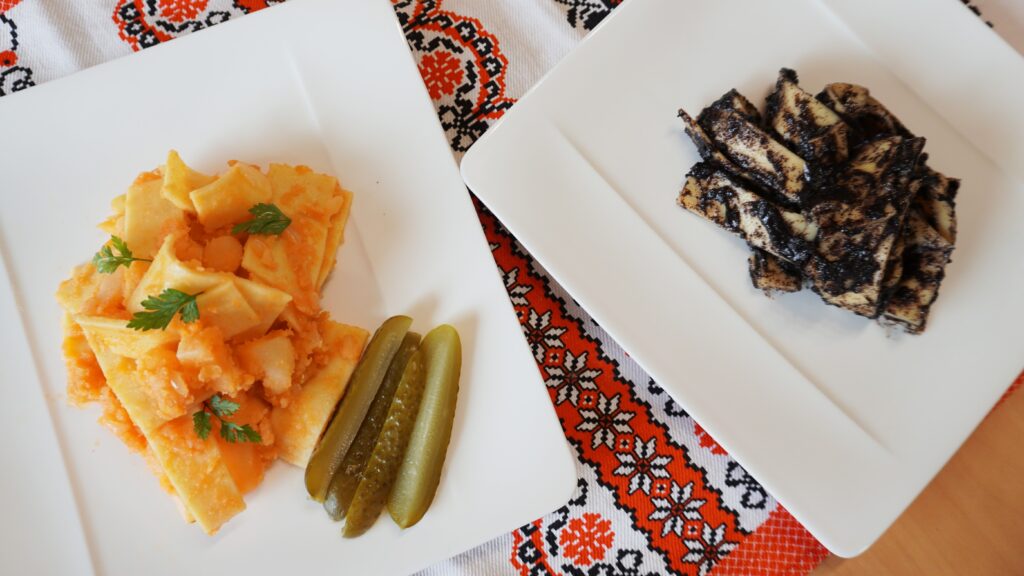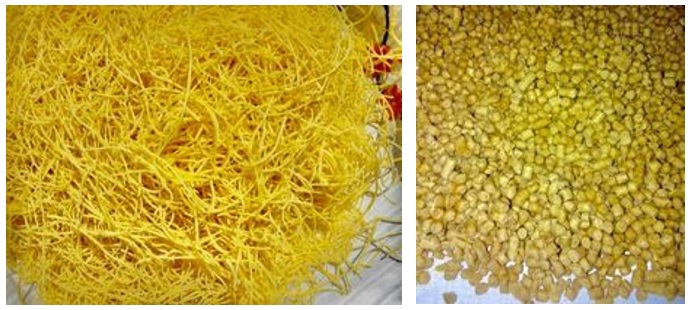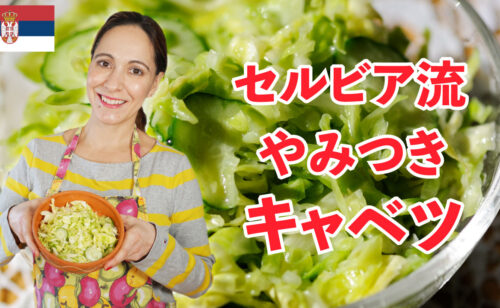Nasuvo – typical Saturday lunch food in Vojvodina
【Tamara Cvjeticanin】

I was born and raised in Becej, a town in central Vojvodina, and I have studied business in tourism and hotel industry in Novi Sad. I came to Japan almost four years ago and live in Tokyo now.
Vojvodina (Serbian language) or Vajdaság (Hungarian l.) is a region in north part of Serbia. It’s meaning in English is the land of Dukes. It’s been part of Serbia since 1918, but before that this region belonged to Austro- Hungarian Empire. Vojvodina is located in the Pannonian Plain- that is one of most fertile soils in Europe therefore the main industry in this area is agriculture and farming. This is also the most multicultural part of Serbia as for many centuries different nations has been coexisting together. Majority are Serbians, and then Hungarians, Slovaks, Croatians, Romanians, Germans, etc.; total of 25 different ethnic groups and 6 official languages. These people shared their culture for so many years that it influenced each aspect of life especially cuisine. Vojvodians are very proud of their rich history and have always cherished multicultural environment.
My grandmother was always preparing traditional dishes. She would make a lot pasta dough, cut in different shapes as different dishes require different pasta shape (savory nasuvo is rectangular, sweet nasuvo are wide stripes, pasta for meat based soup is something similar to ramen noodles, just even thinner, flat and shorter than ramen, pasta for vegetable soup is in shape of small balls since of a black pepper etc.).

Then, she would dry it above wooden stove for several hours and kept for many weeks in boxes on the too of kitchen cupboards. The pasta she would make the most was the one for meat based soup.
That is very typical process for vojvodian women that my grandmother learned from her mother, she she learned frim her mother. So it is the style that has been done in the same way for generations.
Since nowadays life is much busier and most of women work, they are rarely housewives, there is no time to continue this tradition, so modern vojvodian women either buy pasta at the supermarket or when they go to the open market to buy fresh fruits and vegetables from local farmers they also buy homemade dry pasta as it is also sold on there open markets.
I loved to spent time with my grandmother since I was a child so I got interested in cooking since young age. But what is the most important is sense of traditional taste that I could get from my family as we nurtured the local tradition and good quality food.
I start cooking after I graduated the university and especially since I came to Japan (about 3 years ago) since eating traditional food makes me feel like I am home again. I also love cooking for my friends and showing them my culture.
【Tamara Cvjeticanin】


